Under Pressure - TPMS Details

In this blog we take a look at tyre pressure monitoring systems. This is likely to be of interest to you if you drive one of the following:
• Porsche Cayennes from 2003 onwards
• MINI R56 based models from Sept 2007 onwards
• Porsche 997 series 911's
• Porsche Boxster 987 or Cayman from 2005 onwards
Or if, like me, you're a combination of car geek and (I admit it) nerd and just like to know about stuff.
I'll start with some real nerdy geekery. The first generation of BMW MINI's (R50, R53 and R52) were equipped with run flat tyres, and consequently needed tyre pressure monitoring. Monitoring is needed because an under-inflated run flat tyre does not feel squishy and sloppy from the driver’s seat, but if driven at speed or for extended periods, the tyre will be destroyed. An under-inflated run flat tyre should be driven to the nearest repair centre at a speed not exceeding 80km/h. Instead of a “real” tyre pressure monitoring system (TPMS), first generation MINI’s used the ABS/stability control sensors to monitor tyre pressures by proxy. When a run flat tyre loses air pressure, it does not collapse on itself the way a "regular" tyre does. Without tyre pressure monitoring, a driver is unlikely to realise that pressure has been lost because of the stiffer tyre sidewalls. Although run flat tyres do not collapse, with loss of pressure they do lose some of their effective diameter, and a lot of their strength. As a result, a punctured run flat tyre will be rotating faster than the tyres that are at full pressure. The car’s ABS system does the sums, realises that one wheel is rotating faster than the others, and warns of an underinflated tyre.
Later cars – such as those listed above – use a pressure sensitive sensor mounted on the wheel. When pressure drops below normal operating levels, the sensor signals the car’s brain, and the car signals the driver that all is not well. The sensors have built in batteries, and need to be replaced from time to time, before voltage drop renders the sensor useless.
Cars equipped with tyre pressure monitoring systems usually do not have a spare wheel. In some cases the spare tyre becomes an optional extra with a new car. Instead, they are delivered with a container of tyre sealant (to seal leaks) and a small compressor to re-inflate the tyre. In the event of a puncture, empty the sealant into the tyre, inflate and drive off. Air pressure will force the sealant out of the puncture. The sealant will react with the rubber in the tyre and with air to seal the leak. The sealant is a “get you home” fix, not a permanent repair.
There are a number of components in the system which need to be replaced periodically:
• The sealant should be replaced every 3-5 years. Unused, it goes gloopy and hardens in the container.
• The batteries built into the TPMS sensors run out. TPMS sensors should be replaced before this happens. TPMS battery life is approximately 7 years.
• When replacing the TPMS sensor, the TPMS valve stems also need to be replaced. They are made of an aluminium alloy. In installation, the threaded section stretches, so they can’t be reused.
MINI TPMS Components
Sensors to Aug 2009 Part number 36236798726
.jpg)
Sensors from 2009 Part number 36106856227
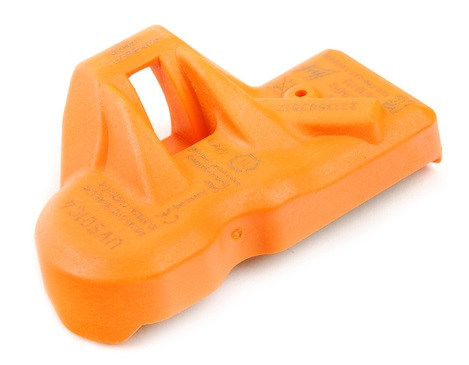
MINI Tyre Sealant Part number 1099000

MINI TPMS Valve Stems Part number 36146792829
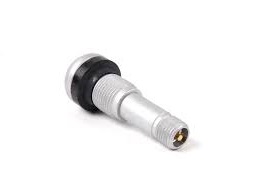
Porsche TPMS Components
Sensors for 987 and 997 models (2005 – 2008) 99760602101
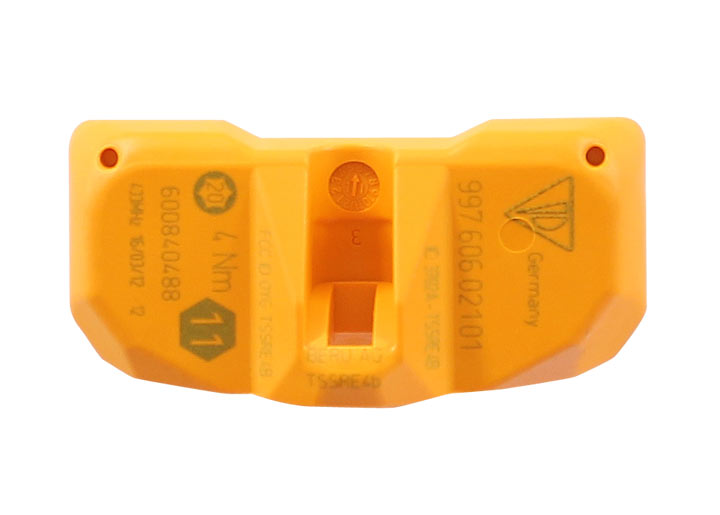
Sensors for 987 and 997 2009 to 2012 7PP907275F
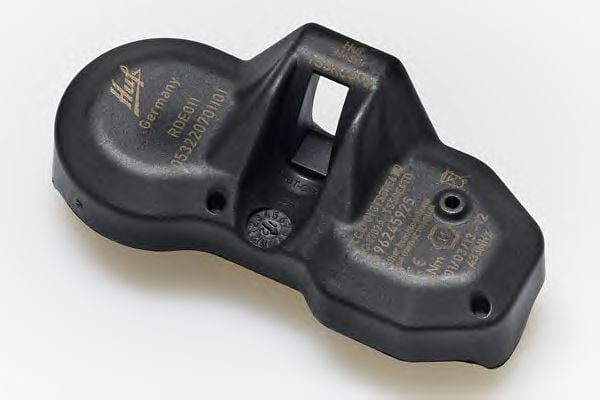
Sensors for Cayenne to 2007 95536166101
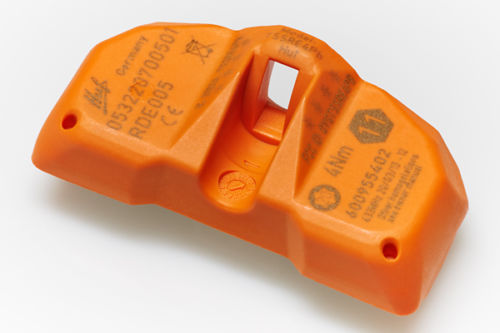
Sensors for Cayenne 2008 onwards 7PP907275F

Porsche Tyre Sealant Part number 95572263100

Porsche TPMS Valve Stems Part number 9P1601361A

One last thing…
Finally, if your car has TPMS sensors, be very wary of using aerosol tyre sealants, as they appear to be bad news for TPMS sensors. Of course, if the choice is aerosol can or nothing, using an aerosol beats walking. See this video for more info (I did warn you about the nerd thing!).
• Porsche Cayennes from 2003 onwards
• MINI R56 based models from Sept 2007 onwards
• Porsche 997 series 911's
• Porsche Boxster 987 or Cayman from 2005 onwards
Or if, like me, you're a combination of car geek and (I admit it) nerd and just like to know about stuff.
I'll start with some real nerdy geekery. The first generation of BMW MINI's (R50, R53 and R52) were equipped with run flat tyres, and consequently needed tyre pressure monitoring. Monitoring is needed because an under-inflated run flat tyre does not feel squishy and sloppy from the driver’s seat, but if driven at speed or for extended periods, the tyre will be destroyed. An under-inflated run flat tyre should be driven to the nearest repair centre at a speed not exceeding 80km/h. Instead of a “real” tyre pressure monitoring system (TPMS), first generation MINI’s used the ABS/stability control sensors to monitor tyre pressures by proxy. When a run flat tyre loses air pressure, it does not collapse on itself the way a "regular" tyre does. Without tyre pressure monitoring, a driver is unlikely to realise that pressure has been lost because of the stiffer tyre sidewalls. Although run flat tyres do not collapse, with loss of pressure they do lose some of their effective diameter, and a lot of their strength. As a result, a punctured run flat tyre will be rotating faster than the tyres that are at full pressure. The car’s ABS system does the sums, realises that one wheel is rotating faster than the others, and warns of an underinflated tyre.
Later cars – such as those listed above – use a pressure sensitive sensor mounted on the wheel. When pressure drops below normal operating levels, the sensor signals the car’s brain, and the car signals the driver that all is not well. The sensors have built in batteries, and need to be replaced from time to time, before voltage drop renders the sensor useless.
Cars equipped with tyre pressure monitoring systems usually do not have a spare wheel. In some cases the spare tyre becomes an optional extra with a new car. Instead, they are delivered with a container of tyre sealant (to seal leaks) and a small compressor to re-inflate the tyre. In the event of a puncture, empty the sealant into the tyre, inflate and drive off. Air pressure will force the sealant out of the puncture. The sealant will react with the rubber in the tyre and with air to seal the leak. The sealant is a “get you home” fix, not a permanent repair.
There are a number of components in the system which need to be replaced periodically:
• The sealant should be replaced every 3-5 years. Unused, it goes gloopy and hardens in the container.
• The batteries built into the TPMS sensors run out. TPMS sensors should be replaced before this happens. TPMS battery life is approximately 7 years.
• When replacing the TPMS sensor, the TPMS valve stems also need to be replaced. They are made of an aluminium alloy. In installation, the threaded section stretches, so they can’t be reused.
MINI TPMS Components
Sensors to Aug 2009 Part number 36236798726
.jpg)
Sensors from 2009 Part number 36106856227

MINI Tyre Sealant Part number 1099000

MINI TPMS Valve Stems Part number 36146792829

Porsche TPMS Components
Sensors for 987 and 997 models (2005 – 2008) 99760602101

Sensors for 987 and 997 2009 to 2012 7PP907275F

Sensors for Cayenne to 2007 95536166101

Sensors for Cayenne 2008 onwards 7PP907275F

Porsche Tyre Sealant Part number 95572263100

Porsche TPMS Valve Stems Part number 9P1601361A

One last thing…
Finally, if your car has TPMS sensors, be very wary of using aerosol tyre sealants, as they appear to be bad news for TPMS sensors. Of course, if the choice is aerosol can or nothing, using an aerosol beats walking. See this video for more info (I did warn you about the nerd thing!).



Comment(s)0